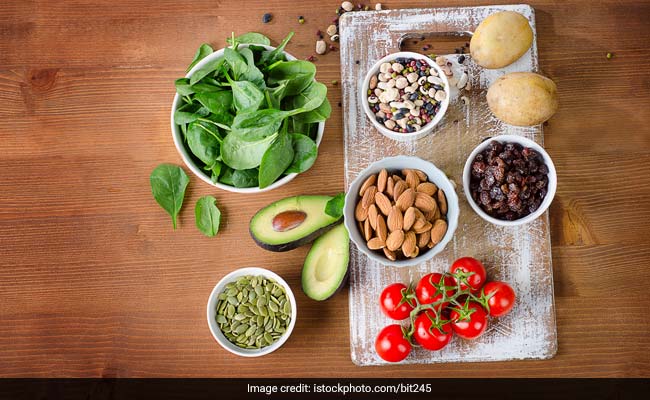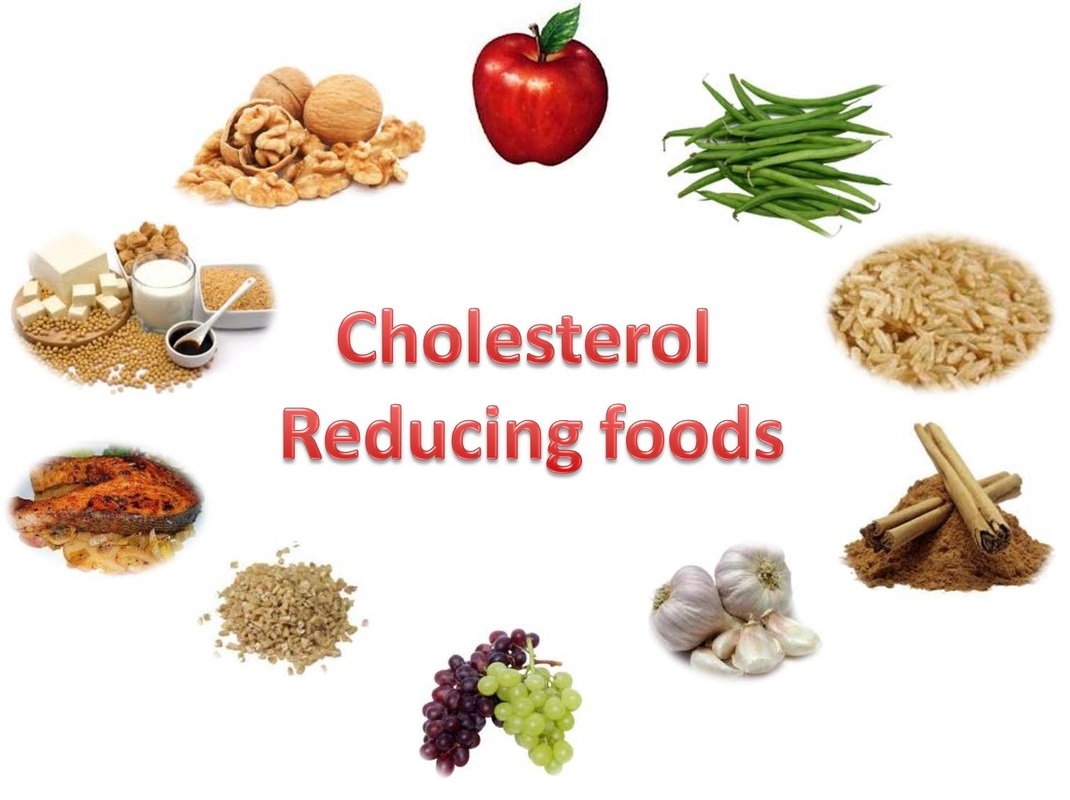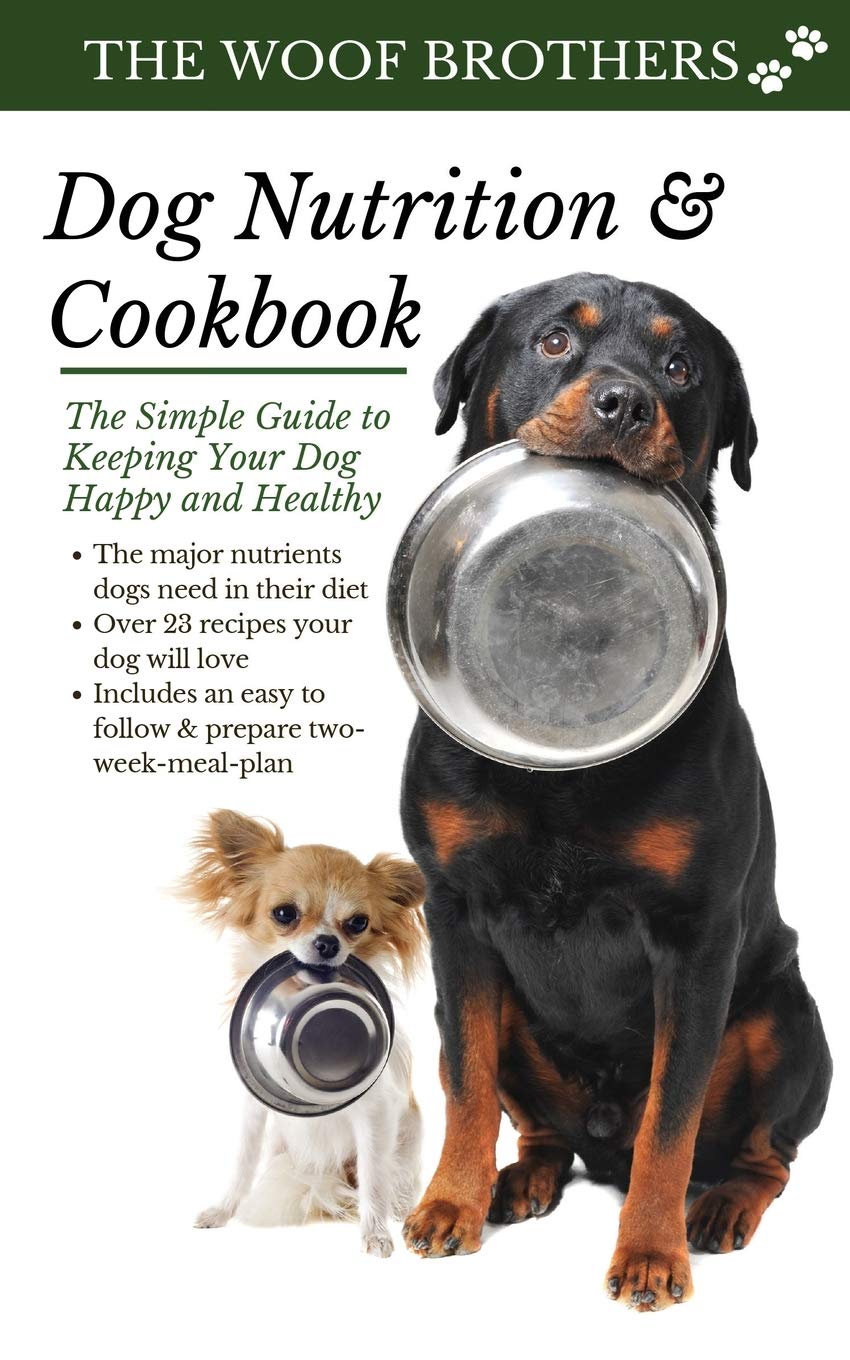
Your doctor may have given you specific recommendations regarding the types of foods you should avoid. However, there are still a few things you can do to prevent high blood pressure from becoming an issue. First, avoid fatty foods and processed foods. Also, keep a record of all medications. You will be able to remember to take them. To be able quickly to reference your medication list, keep it with you at any time.
Dr. Desai encourages people with high blood-pressure to get as much exercise and as many as possible. Walking, running and swimming are all great options. Salt is one of your biggest enemies when it comes to high blood pressure. Salt has a negative effect on blood pressure. Salt can increase the blood volume and elevate the pressure in your arteries. It is best to avoid foods high in salt.

Secondly, you should eat a healthy diet. A good diet is full of fruits and vegetables, which are low in saturated fat and high in fiber. To lower blood pressure, you can also take vitamins and minerals as well as whey protein. And finally, you should try to reduce your intake of sugary beverages and alcohol. By avoiding these foods, you'll be able to lower your risks of high blood pressure.
Third, reduce the amount of salt or saturated fat that you consume. Most processed foods are high in sodium and sugar, so it's important to limit your salt intake. You should eat more fruits and vegetables. This will reduce your blood pressure. You can also limit the amount of alcohol you consume. High blood pressure is a reason to not drink alcohol. This is especially important for people over 60 years of age who have been drinking regularly for many years.
If you adhere to the above tips, your heart will be healthier. These tips are intended to help you maintain a healthy heart and mind. These tips can be a great help for you and your doctor. Once you've learned how to control your blood pressure, you'll be on your way to a healthier lifestyle. Once you find the right balance, it's possible to live life fully and enjoy every moment.

You must also limit your alcohol consumption. Drinking moderate amounts of alcohol is important to lower your risk of high bloodpressure. A standard beverage has 14 grams of alcohol. You can also try to avoid salty foods that contain too much sodium. Low-sodium diets are a great way of maintaining normal blood pressure. In addition, you should cut down on the amount of salt in your daily meal.
FAQ
Why is it important to live a healthy life?
Having a healthy lifestyle helps us live longer, happier lives. Regular exercise, healthy eating habits, healthy sleep habits and stress management can all help prevent strokes, heart disease, diabetes, and cancer.
A healthy lifestyle will improve our mental well-being and help us deal better with everyday stressors. Healthy lifestyles will increase self confidence, and make us look and feel older.
These are the 7 secrets to a healthy life.
-
Eat right
-
Exercise regularly
-
Rest well
-
Get plenty of water.
-
Get enough sleep
-
Happy!
-
Smile often
What is the best diet for me?
Many factors influence which diet is best for you. These include your age, gender and weight. It is also important to think about how much energy you use during exercise and whether you like low-calorie foods.
Intermittent fasting may be a good choice if you want to lose weight. Intermittent eating means that you only eat specific meals throughout the day. This is in contrast to three large meals. This might be better for you than traditional diets, which have daily calorie counts.
Some studies suggest that intermittent fasting may improve insulin sensitivity and reduce inflammation, which can lead to improved blood sugar levels and reduced risk of diabetes. Some research also suggests that intermittent fasting might promote fat loss, and improve overall body composition.
Statistics
- According to the Physical Activity Guidelines for Americans, we should strive for at least 150 minutes of moderate intensity activity each week (54Trusted Source Smoking, harmful use of drugs, and alcohol abuse can all seriously negatively affect your health. (healthline.com)
- nutrients.[17]X Research sourceWhole grains to try include: 100% whole wheat pasta and bread, brown rice, whole grain oats, farro, millet, quinoa, and barley. (wikihow.com)
- In both adults and children, the intake of free sugars should be reduced to less than 10% of total energy intake. (who.int)
- According to the 2020 Dietary Guidelines for Americans, a balanced diet high in fruits and vegetables, lean protein, low-fat dairy and whole grains is needed for optimal energy. (mayoclinichealthsystem.org)
External Links
How To
What does the term "vitamins" mean?
Vitamins are organic compounds found naturally in food. Vitamins help us absorb nutrients from foods we eat. Vitamins cannot be made by the body; they must be taken from food.
There are two types: water-soluble and fat-soluble vitamins. Water-soluble vitamins dissolve in water easily. Vitamin C,B1(thiamine), B2 (2riboflavin), and B3 (3niacin), as well as vitamin C,B1, B2 (riboflavin), and B3 (niacin), vitamin B6 (pyridoxine), vitamin folic acid (biotin), pantothenic, and choline are examples. The liver and fatty tissues are home to fat-soluble vitamins. You can find vitamin D, E K, A, beta carotene, and other fat-soluble vitamins.
Vitamins can be classified according to biological activity. There are eight major categories of vitamins.
-
A - essential for normal growth and maintenance of health.
-
C - essential for nerve function and energy generation.
-
D - Essential for healthy teeth and bones.
-
E is needed for good reproduction and vision.
-
K - essential for healthy muscles, nerves, and bones.
-
P - Essential for strong bones and teeth.
-
Q - Aids in digestion and absorption.
-
R – Required for the formation of red blood vessels.
The recommended daily allowance of vitamins (RDA), varies according to age, gender, physical condition, and other factors. RDA values are set by the U.S. Food and Drug Administration (FDA).
For adults aged 19 and older, the RDA for vitamin B is 400 micrograms daily. However, pregnant women need 600 micrograms per day because it is important for fetal development. Children ages 1-8 require 900 micrograms per day. Infants below one year old require 700mg per day. But, between 9 months to 12 months, the amount drops to 500mg per day.
Children between the ages of 1-18 need 800 micrograms per daily for obesity, while children overweight require 1000 micrograms. Children underweight or obese will need 1200 mg per day.
2200 mg of vitamin A per day is required for children aged 4-8 who have been diagnosed by anemia.
2000 micrograms daily is required for adults over 50 to maintain their general health. Due to their increased nutrient needs, pregnant and breastfeeding women need 3000 micrograms daily.
1500 micrograms are required daily by adults over 70 because they lose approximately 10% of their muscle each decade.
Women who are pregnant and lactating need more nutrients than the RDA. Pregnant women need 4000 micrograms per dayduring pregnancy and 2500 micrograms per day after delivery. Breastfeeding mothers need to consume 5000 micrograms every day when breastmilk has been produced.